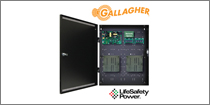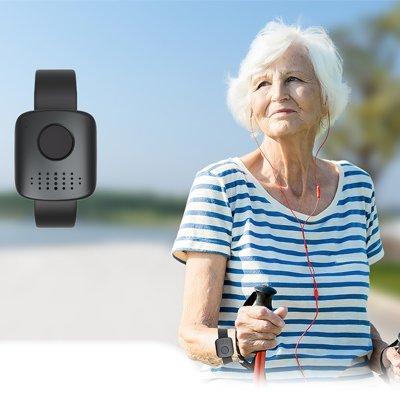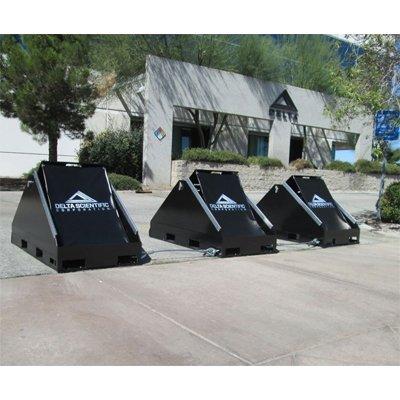 |
| The radars will provide enhanced input into the Australian National Air Traffic Management Surveillance picture |
Airbus Defense and Space has received two contracts worth approximately €130m from Australia’s new Capability, Acquisition and Sustainment Group to equip and support nine military and civil/military Australian airfields with the world’s newest and most powerful airport surveillance sensors. Under the project “AIR 5431 Phase 2 – Fixed Defense Air Traffic Control Surveillance Sensors” ten ASR-NG (Airport Surveillance Radar - Next Generation) radars will provide enhanced input into the Australian National Air Traffic Management Surveillance picture and contribute to the achievement of Air Battle Management missions. Deliveries, including nine complete and one training system, are planned until end 2020.
Benefits Of ASR-NG
“ASR-NG provides outstanding performance for wide-area surveillance around airbases as well as safe guidance of individual aircraft during take-off and landing”, said Thomas Müller, head of Airbus Defense and Space’s Electronics business line. The system also includes the secondary radar MSSR 2000 I allowing for reliable individual identification of more than two thousand transponder-equipped aircraft at a time. Other key features of the ASR-NG are the proven ability to mitigate wind farm effects, and a significant increase of the primary radar’s detection range to 120 NM (220 km). Additionally, it provides a new 3D height measurement of the primary radar and is resistant to interference by 4G/LTE mobile phone signals.
ASR-NG consists of a solid state primary radar using an advanced signal processing technology for medium and long-range air traffic surveillance. With its recently completed primary radar 3D height measurement capability, ASR-NG closes the gap between a Tactical Medium Range Air Surveillance Radar and a classical Air Traffic Control radar combining operational advantages of both at excellent value for money ratio. With its extraordinary detection capabilities for even slow flying or hovering helicopters above heavy clutter areas, ASR-NG meets operational needs for military air traffic and mission area control. ASR-NG integrates with the MSSR 2000 I (Monopulse Secondary Surveillance Radar) secondary radar for automatic identification of individual cooperative aircraft. It meets the requirements for the military and highly encrypted identification ‘Mode 5’, as well as the civil air traffic control ‘Mode S’ and ‘ADS-B’ requirements, which greatly improve aircraft identification security and safety.
Serving Military And Civilian Sectors
Airbus Defense and Space supplies air traffic control and identification systems in the military and civilian sector worldwide. Amongst others, the company equips the German Armed Forces’ airports with the ASR-S (Airport Surveillance Radar, S-Band) airport surveillance radar and delivers an approach control system for the military airfields in Switzerland. ASR-NG is contracted to be delivered to the Royal Canadian Air Force and in the frame of the MARSHALL programm as well to the Royal Air Force in United Kingdom. In particular, the MSSR 2000 I secondary radar is deployed by the naval forces of Australia, UK, Germany, France, Norway and Finland for military friend-or-foe identification. For civil and military air traffic control, those identification systems are used in countries such as Germany, France, USA, UK, Bulgaria and the Philippines.























